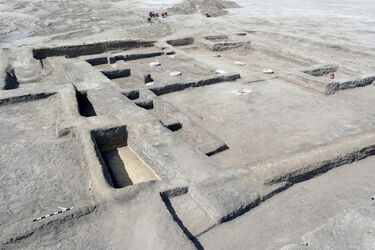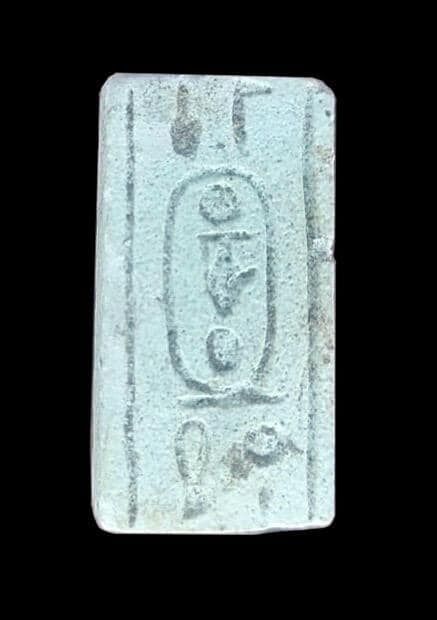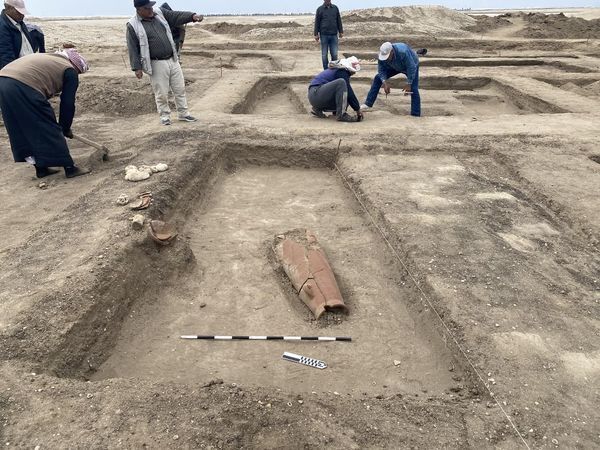Archaeologists found a 3,500-year-old Egyptian royal house in the desert (photo)

An Egyptian archaeological mission has discovered the ruins of a 3,500-year-old "royal fortified resting place" at the Tel Habwa archaeological site in the North Sinai Archaeological Zone.
Built of mud bricks, the building is probably one of the royal palaces located near the Eastern Gate of Egypt. It was probably built to house Ancient Egyptian forces and possibly the royal family during the reign of Thutmose III (1479–1425 BC). This was reported by the Ministry of Tourism and Antiquities of Egypt.
You may also be interested in: Worth more than its weight in gold: archaeologists found a rare Roman object (photo)
Thutmose III, also known as Thutmose the Great, ruled from 1479 BC. until his death at the age of 56 in 1425 BC. He is known for his numerous military campaigns that greatly expanded the Egyptian empire.


The Sinai desert was one of the regular routes of Egyptian troops heading to the eastern Mediterranean. With a royal palace where the king resided, the site was obviously strategically important for housing and resupplying troops traveling through Sinai on their way to military campaigns.
The architectural design of the old building in Sinai and the rarity of pottery shards found inside suggest that it served as a resting place for kings. According to researchers, the pharaoh could use this structure during his military campaigns to expand the Egyptian empire to the east.
The layout of the building consists of two consecutive rectangular halls and several adjacent rooms. The main entrance, located on the north side, leads to the first hall, flanked by three limestone columns.
The dating of the building was determined by analyzing the stratigraphic layer, pottery fragments found nearby, and the discovery of two cranes inscribed with the name of Thutmose III.
We will remind, archaeologists discovered the place of death of the first Roman emperor.
If you want to receive the latest news about the war and events in Ukraine, subscribe to our Telegram channel!
